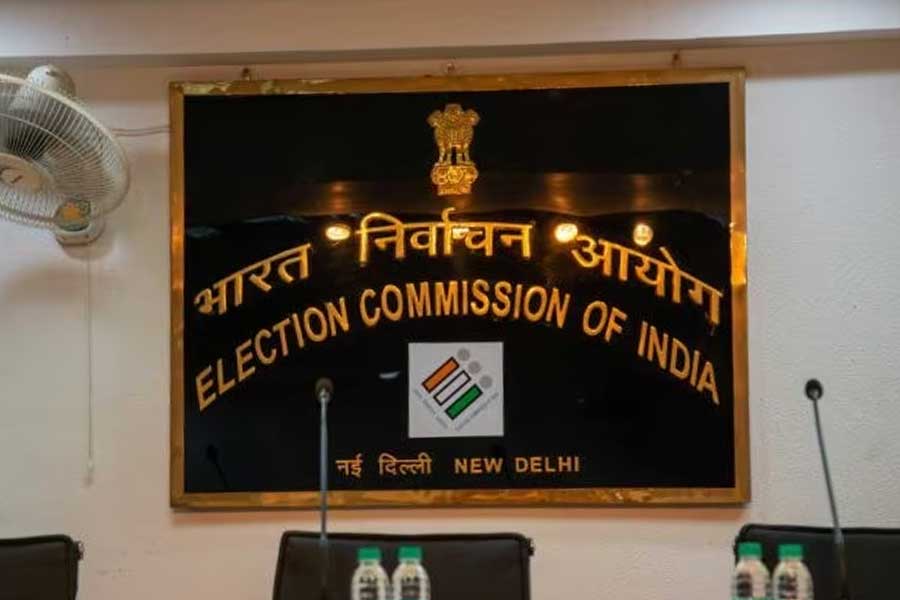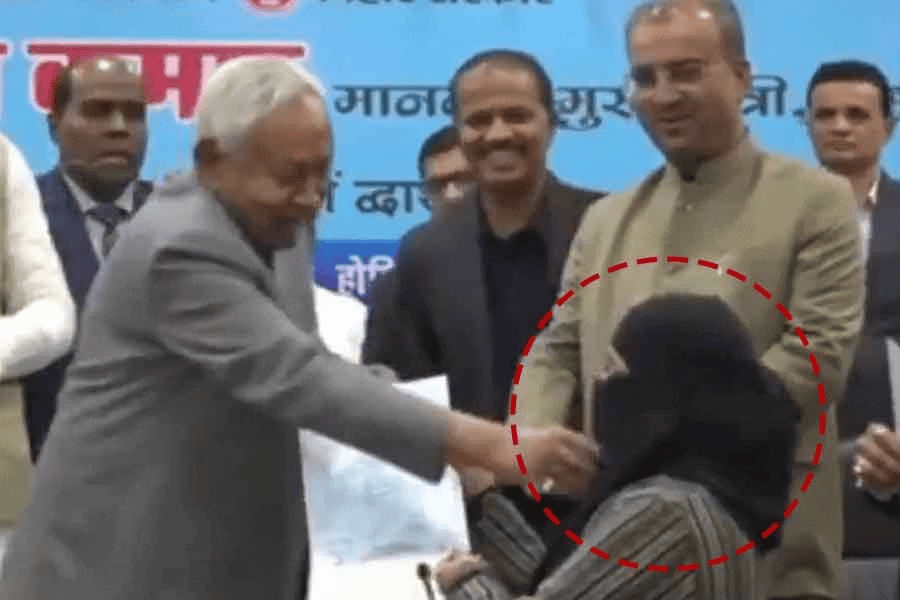 |
| Dresses of Ahom kings at the Assam State Museum in Guwahati. Picture by S.H. Patgiri |
Guwahati, Aug. 6: For centuries, Sivasagar’s seven-storey Ahom-age structure Talatal Ghar has evoked shock and awe for its magnificence and puzzling layout. It will now form the backdrop of a unique confluence of drama, light and sound, and an exhibition showcasing the heritage of the Ahoms.
The show is slated for December 2, which is observed as the birth anniversary of the first Ahom monarch, Sukapha. Originally from Southeast Asia, the Ahoms ruled Assam for 500 years till British invaders usurped their land in 1886 through the Treaty of Yandaboo.
The three-part show, supported by the All Tai Ahom Students’ Union, includes a drama highlighting the naval strength of the erstwhile Ahom kingdom, a light and sound presentation of the Ahom way of life and an exhibition of the 17th-18th century Ahom regalia.
History scholars from Gauhati University, the directorate of archaeology and the state tourism department are helping the organisers.
“The arrival of the Ahoms in this part of the world was the turning point in the history of the land. They brought with them the heritage of Southeast Asia, which assimilated Mughal heritage and gave us a unique culture,” said I.S. Mumtaja of Gauhati University’s department of history.
Rift Afrida of Wings and Heights, which is behind the show, believes the exhibition will revive interest in some of the exotic Ahom dresses such as riha, kingkhap mekhela and anga chola. Most of these dresses were made of fine silk.
“These dresses are almost extinct, having gone out of fashion a long time ago. We hope the show will bring them back in vogue,” she said.
Most of the jewellery designs of that period are, however, still popular. Except for a few clothes and pieces of jewellery retained by private collectors — mainly descendants of Ahom royalty — almost all antique Ahom items are in the State Museum in Guwahati. The museum’s assistant curator, Jiten Shyam, has been included in the advisory committee for the show.
The director of the archaeology department, H.N. Das, described the show as a unique and “very ambitious project”. He said care should be taken to ensure there is no damage to the structure and environs of Talatal Ghar, which is a “protected monument” under the Archeological Survey of India (ASI).
D.K. Singh, superintending archaeologist of ASI’s Guwahati circle, said cultural soirees had been held against the backdrop of protected monuments before and there was no reason why Talatal Ghar could not be used likewise. But he said no decision had been taken on the proposal for the three-part show. “We will study the proposal before we take a decision.”
Talatal Ghar is a brick structure that was constructed during the reign of Rajeswar Singha. Of the seven stories, three are below ground level. Its uniqueness lies in the fact that its underground chambers form a maze. Through this maze, the masons constructed two underground passages — one leading to the Dikhow river and another to Gargaon Palace, nearly 16 km away.










